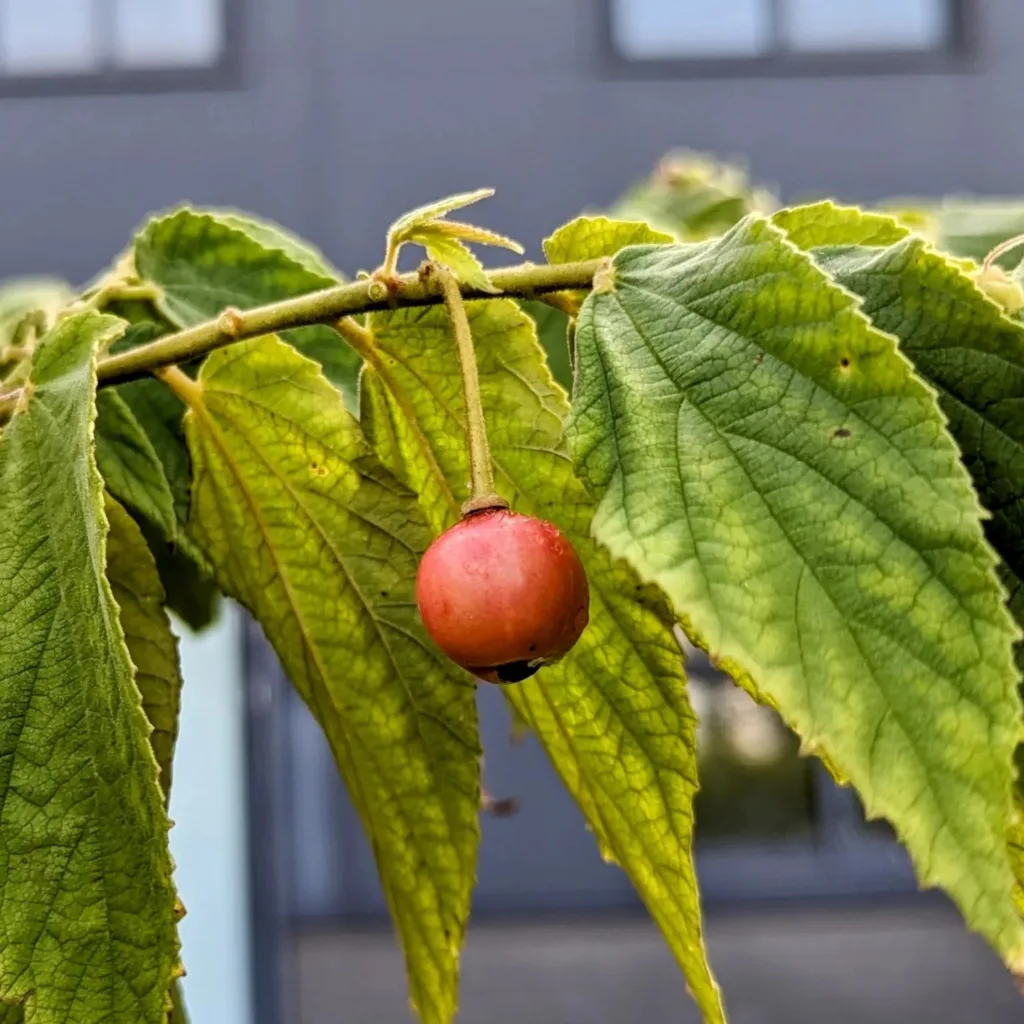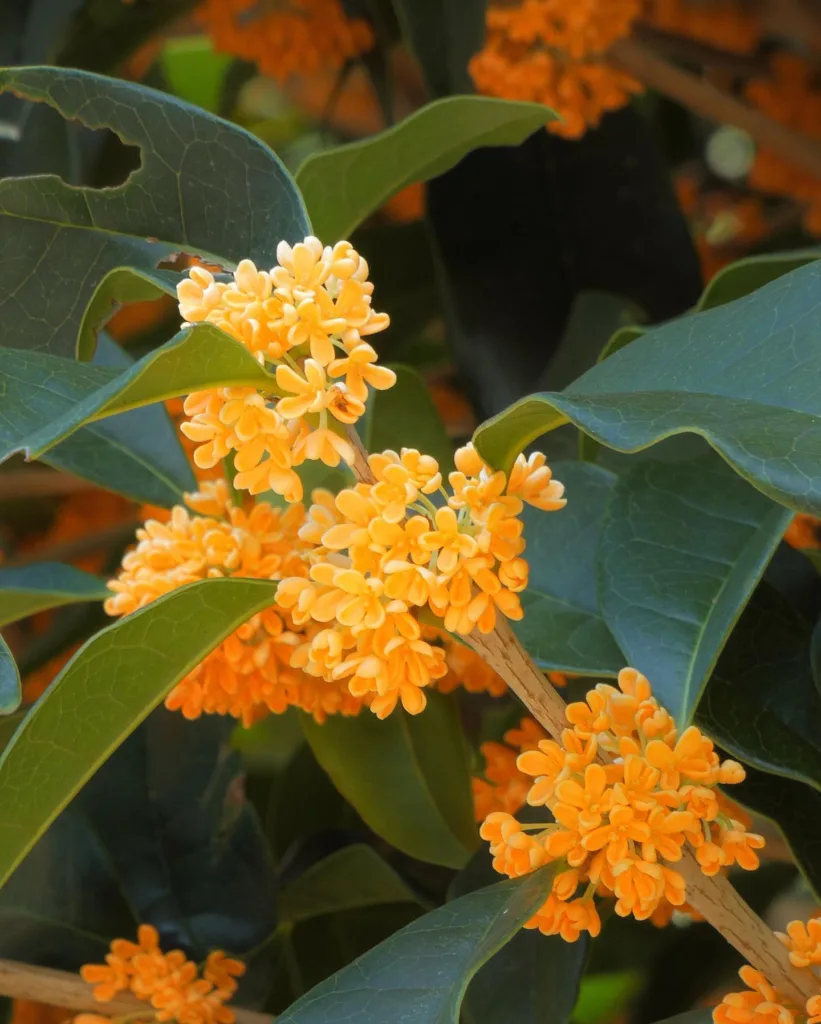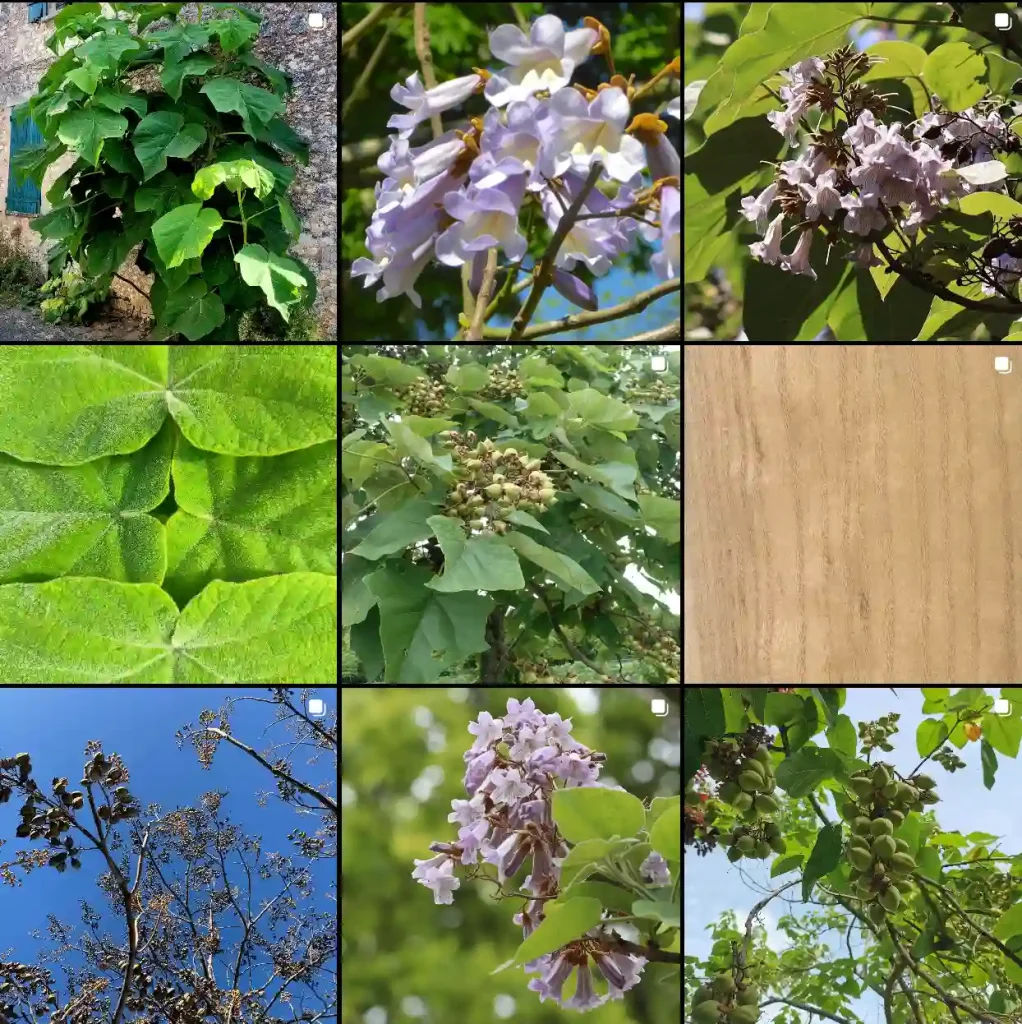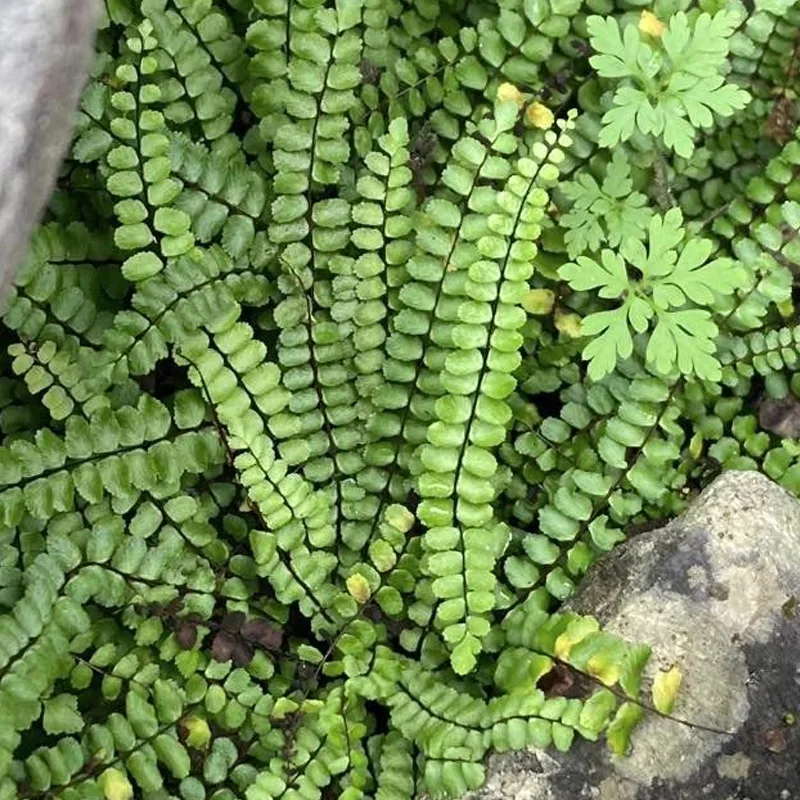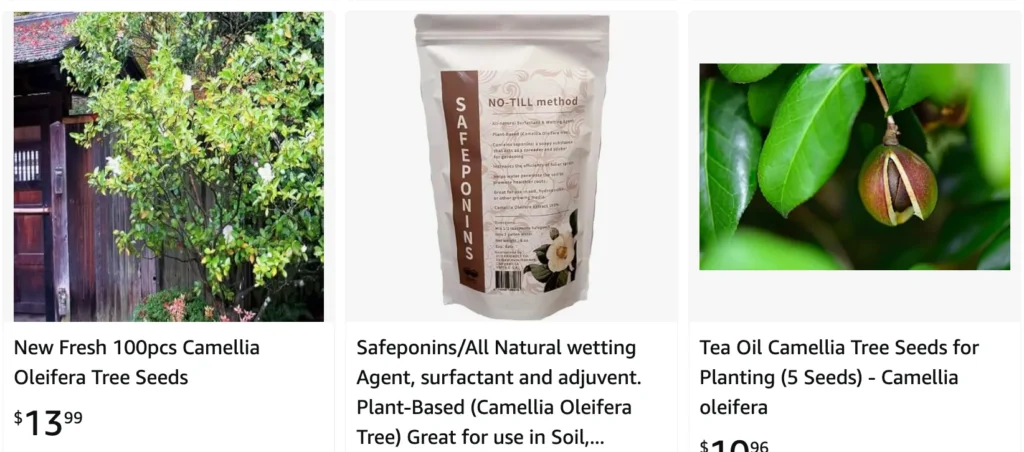
What is Camellia Oleifera?
I’ve always been fascinated by plants and their myriad benefits. One plant that has particularly piqued my interest is Camellia Oleifera. Known for its striking beauty and remarkable properties, Camellia Oleifera, also referred to as the tea oil camellia, is a species of Camellia native to China. It’s prized not just for its aesthetic appeal but also for its valuable oil and extracts, which have a wide range of uses from culinary to cosmetic.
230 Species in Genus Camellia
Camellia Oleifera vs Camellia Japonica
I’ve found Camellia oleifera to be more tolerant of varying conditions compared to Camellia japonica, which can be quite finicky and needs more consistent care.
Camellia Oleifera vs Camellia Sinensis
In my experience, Camellia oleifera feels less demanding than Camellia sinensis; the latter’s specific requirements for tea cultivation can be quite challenging to meet.
What is Camellia Oleifera Seed Oil?
Camellia Oleifera seed oil, also known as tea seed oil, is extracted from the seeds of the Camellia Oleifera plant. This oil is often likened to olive oil due to its high content of monounsaturated fats, making it a healthy choice for cooking. In my kitchen, I’ve found it to be a light, flavorful addition to salads and stir-fries. Its high smoke point makes it versatile for various cooking methods, ensuring that it retains its nutritional integrity even at higher temperatures.
Aside from its culinary uses, Camellia Oleifera seed oil is a cherished component in skincare. Rich in antioxidants, vitamins A, B, D, and E, and essential fatty acids, it nourishes the skin deeply, promoting hydration and elasticity. I regularly use it as a facial oil, and I’ve noticed a significant improvement in my skin’s texture and glow. It’s also non-comedogenic, meaning it doesn’t clog pores, making it suitable for all skin types.
Are Camellia Oleifera and Camellia Japonica Seed Oil the Same?
This is a question I often encountered when I first delved into the world of camellia oils. While Camellia Oleifera and Camellia Japonica seed oils come from different species of the Camellia family, they share similar properties but have some distinct differences. Camellia Japonica, also known as Tsubaki oil, is traditionally used in Japan for hair care. It’s known for its superior moisturizing properties and is often used in hair treatments to add shine and smoothness.
On the other hand, Camellia Oleifera seed oil, while also beneficial for hair, is more commonly used in skincare and cooking. Both oils are rich in oleic acid and vitamins, making them excellent for moisturizing and nourishing the skin and hair. Personally, I enjoy using Camellia Japonica oil as a deep conditioning treatment for my hair and Camellia Oleifera seed oil as a versatile oil in both my kitchen and skincare routine.
What is Camellia Oleifera Leaf Extract?
Beyond the seeds, the leaves of the Camellia Oleifera plant offer their own set of benefits. Camellia Oleifera leaf extract is rich in polyphenols, which are powerful antioxidants that help protect the skin from environmental damage and premature aging. I’ve incorporated products containing this extract into my skincare regimen, and I’ve noticed my skin feels more resilient and looks more youthful.
This extract is often found in a variety of skincare products, including cleansers, toners, and moisturizers. Its anti-inflammatory properties also make it an excellent ingredient for soothing irritated skin and reducing redness.
How to Care for Camellia Oleifera?
Growing Camellia Oleifera has been a rewarding experience for me. These plants thrive in well-drained, acidic soil and prefer partial shade to full sun. Regular watering is essential, especially during dry periods, but it’s crucial not to overwater as they do not like soggy soil. Mulching helps retain moisture and keep the roots cool. Pruning is best done after flowering to maintain the plant’s shape and encourage healthy growth.
How to Propagate Camellia Oleifera?
Propagating Camellia Oleifera can be done through seeds or cuttings. I’ve found that taking semi-hardwood cuttings in the late summer yields the best results. Simply cut a healthy branch, dip it in rooting hormone, and plant it in a pot with well-draining soil. Keep the soil moist and provide indirect sunlight. Patience is key, as it can take several weeks to see new growth.
Where to Buy Camellia Oleifera Seed Oil?
Finding high-quality Camellia Oleifera seed oil can be a bit of a quest, but it’s worth it. I’ve had great success purchasing from specialty health food stores and reputable online retailers. When buying online, I always check for organic, cold-pressed options to ensure I’m getting the purest oil possible. Reading reviews and checking for third-party certifications also helps me make informed decisions.
Conclusion
Camellia Oleifera has truly been a remarkable discovery for me. From its versatile seed oil to its beneficial leaf extract, this plant offers numerous benefits that have enhanced my daily life. Whether you’re looking to enrich your skincare routine, improve your cooking, or simply enjoy cultivating a beautiful plant, Camellia Oleifera is a wonderful choice.
If i die, water my plants!
